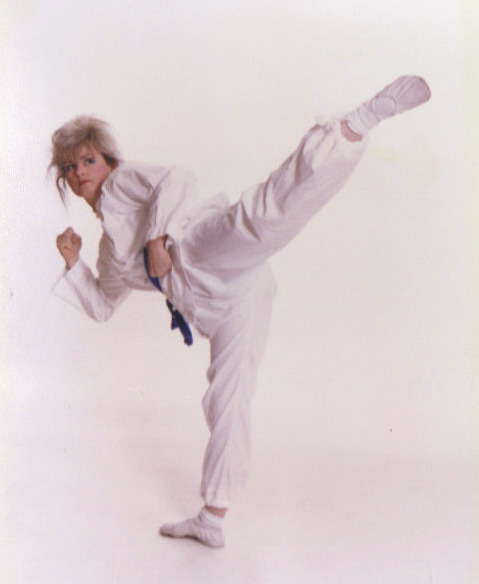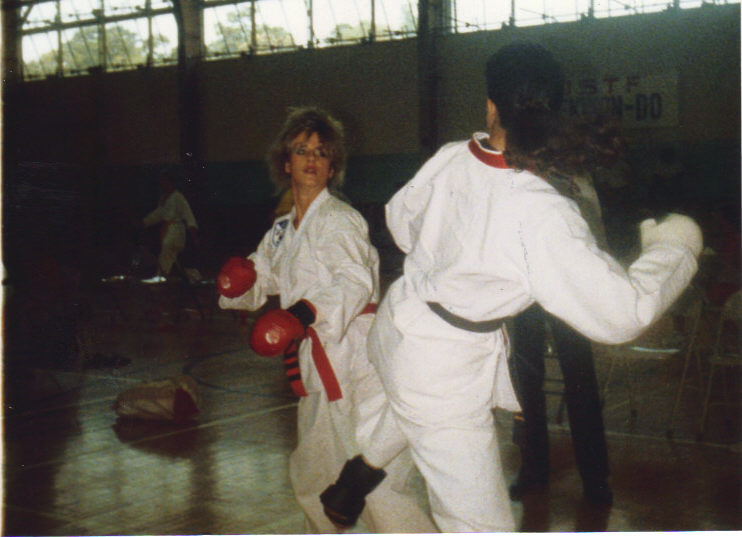paitingman
Brown Belt
I learned Taeguk forms in a repeating four-count rhythm, as I think a lot of tkd schools do.
Does this come from military influence? or sport training influence? or elsewhere?
Most Shotokan forms are more dynamic rhythmically in comparison, but there is a sometimes subtle steadiness.
Forms of Kung Fu appear to be more flowing and even more dynamic.
Do you ever try more free-flowing, personal, or just alternative pacing and rhythm in your training?
Is there benefit in performing the forms in a more quickly paced, continuous manner?
Does this come from military influence? or sport training influence? or elsewhere?
Most Shotokan forms are more dynamic rhythmically in comparison, but there is a sometimes subtle steadiness.
Forms of Kung Fu appear to be more flowing and even more dynamic.
Do you ever try more free-flowing, personal, or just alternative pacing and rhythm in your training?
Is there benefit in performing the forms in a more quickly paced, continuous manner?


